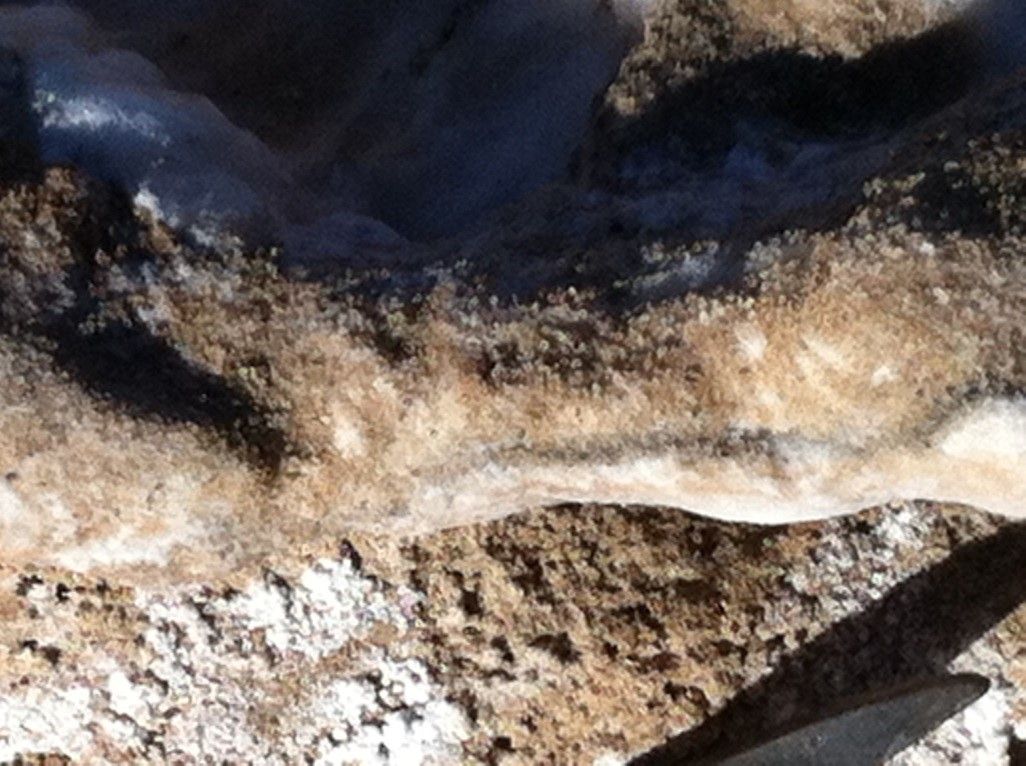Martian Life May Be Hiding in Islands of Habitability
Zeroing in on the best environmental niches to explore during the next mission to Mars.
/https://tf-cmsv2-smithsonianmag-media.s3.amazonaws.com/filer/c2/ee/c2eea4e3-1262-49cc-b1d2-e362df4d4af6/atacama_salt_nodules.jpg)
The Atacama Desert is one of the driest places on Earth, and is often used as an analog for Mars due to climatic and geochemical similarities between the two. In a new publication, an international group of researchers, led by me, report on our analysis of “islands of habitability” within the Atacama. We focused on rock types thought to host microorganisms best adapted to withstand a Mars-like environment—that is, characterized by extreme dryness, high ultraviolet irradiation, and scarcity of potential nutrients. That led us to zero in on three types: quartz rocks, gypsum crusts, and salt nodules surrounded by loose desert sediments.
Our approach employed a state-of-the-art methodology, including metagenomics and molecular separation techniques that are able to distinguish between DNA and ATP inside cells from those that exist outside. If we find them inside, it’s interpreted as coming from active, living cells.
Applying this technique, we found that cyanobacteria on the underside of quartz rocks were continuously active and even reproducing, while the microbial communities populating gypsum crusts and salt rocks have a lifestyle that switches between dormant and active phases.

Microbes living in the driest part of the Atacama, where it rains maybe once a decade, have amazing adaptation techniques. Called endoliths, they live within rocks, where they are protected from UV radiation, extreme temperature fluctuations, and the desiccating desert winds. Endoliths use salt from the rocks to draw life-sustaining water directly from the atmosphere (by the same principle that causes the salt in your shaker to clump up when exposed to air). That means these primitive life forms can survive where there is no precipitation.
Our team is not the only one searching for islands of life in an otherwise barren desert. Last year another group of researchers led by Armando Azua-Bustos from the Centro de Astrobiología in Madrid, Spain discovered a one-foot-deep layer of wet clay that hosts at least 30 different active microbial species. If such a habitat exists on Mars, ESA’s Rosaland Franklin rover, due to arrive there in June 2023, may be able to reach it with its drill.
Add to this the recent finding of volcanic activity on Mars that may have occurred within the last 50,000 years—a blink of an eye in geological terms—and we might have another potential habitat on Mars. To me it appears more and more likely that active hydrothermal areas are still existing on Mars. That would mean there are several potential hotspots for microbial life. We should identify and prioritize these, and send our next mission to explore at least one of them. That would certainly increase our chances of finding life.
/https://tf-cmsv2-smithsonianmag-media.s3.amazonaws.com/accounts/headshot/Dirk-Schulze-Makuch-headshot.jpg)
/https://tf-cmsv2-smithsonianmag-media.s3.amazonaws.com/accounts/headshot/Dirk-Schulze-Makuch-headshot.jpg)